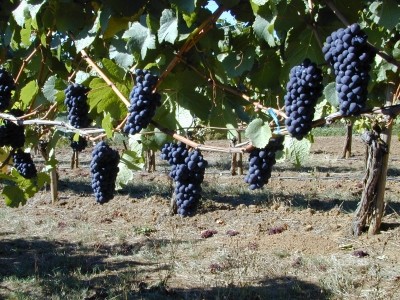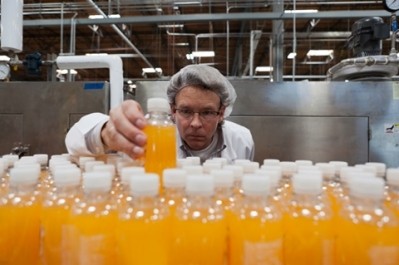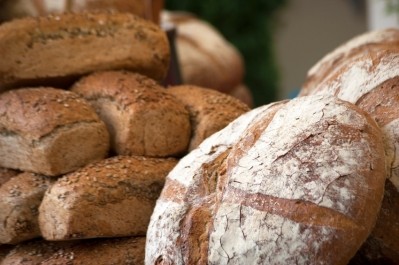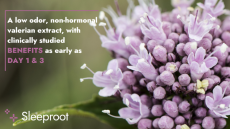Study: pasta fortified with parsley brought limited antioxidant values
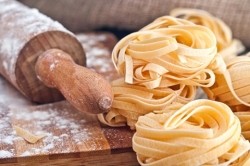
When designing functional food products, good care should be taken into studying potential interaction of bioactive supplements with food matrix. At least, that’s what researchers from the University of Life Sciences in Lublin, Poland, concluded after studying pasta fortified with parsley leaves to enhance antioxidant properties to this kitchen staple.
“Pasta is considered as an effective carrier of prohealth ingredients in food fortification,” the researchers wrote. “The aim of this study was to examine the changes of antioxidant potential of wheat pasta affected by fortification with powdered parsley leaves.”
The study, titled Changes of Antioxidant Potential of Pasta Fortified with Parsley (Petroselinum crispum mill.) Leaves in the Light of Protein-Phenolics Interactions, was published in Food Chemistry.
Into the kitchen
Parsley leaves, the researchers said, are a rich source of natural antioxidants. They quoted an earlier study that found the antioxidant capacity of this plant “strongly correlated with the level of flavonoids.”
For this study, the researchers collected parsley from the university’s Experimental Agricultural Station. They were washed, rinsed, and air dried at 30°C (86°F). The parsley was then milled and sifted in Germany to produce a parsley leaf flour that passes through a 0.25 mm sieve.
Pasta was made from scratch using semolina wheat flour purchased from a local store. Spaghetti pasta was prepared with different concentrations of parsley flour. Each formulation was made mixed with water using a domestic blender.
Can be better
The results weren’t as great of a product as the researchers had thought would result. “Overall, the effectiveness of fortification and consequently biological effect is limited by many factors including interactions between phenolics and pasta proteins,” they wrote.
The highest phenolics level and antioxidant activity was found in the pasta made with 4% parsley leaf powder—the highest concentration for this research. Activity was determined with Folin-Ciocalteau reagent, a chemical purchased from St. Louis-based Sigma Aldrich. “In most cases experimental values were significantly lower than those predicted,” they said.
To create a better product, the researchers concluded the need to study the potential interaction of bioactive supplements with food matrix.
Source: Food Chemistry
Published online: doi:10.1016/j.foodchem.2015.05.110
“Changes of Antioxidant Potential of Pasta Fortified with Parsley (Petroselinum crispum mill.) Leaves in the Light of Protein-Phenolics Interactions”
Authors: Sęczyk, Łukasz, et al.
